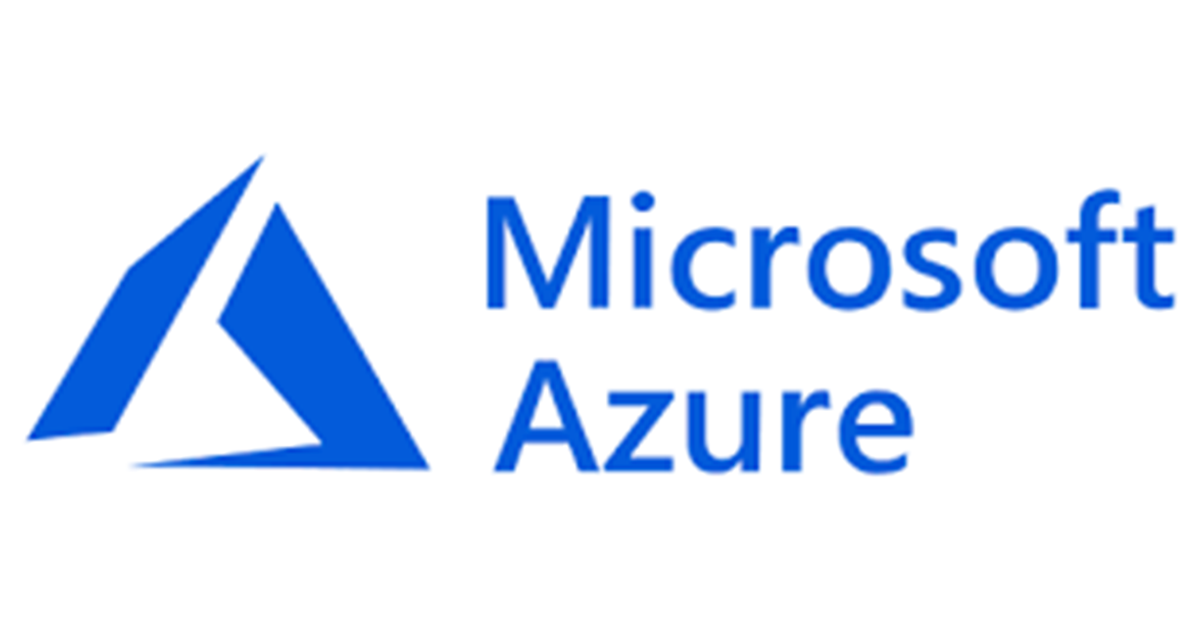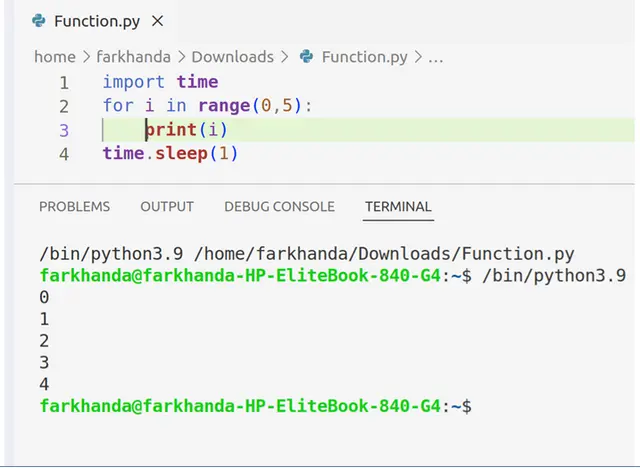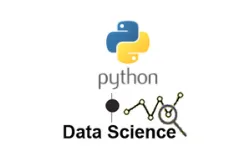Microsoft Azure Cloud Interview Questions And Answers
What Is Azure Cloud Service?
Cloud service can lead a multiple web application in Azure, characterizing a number of parts to disseminate handling and permit adaptable scaling of your application. This service comprises of a minimum of one web pars as well as specialist parts, each with its own particular application documents and design. The fundamental favorable position of cloud service is the capacity to help more complex multi-level structures.
What are the roles implemented in Windows Azure?
There are three roles in Windows Azure.
1. Web Role : Front-end
2. Worker Role : Background service
3. Virtual Machine Role : Both web and worker are executed on virtual machines
What Are The Principle Segments Of Windows Azure Platform?
Windows Azure has three principle segments in Azure.
1. Windows Azure Compute
2. Windows Azure Storage
3. Windows Azure AppFabric
What Are The Features Of Windows Azure?
Windows Azure n uses Microsoft data centers to run and stores the information. The main features are:
1. Websites enable the designers to assemble the sites utilizing ASP.NET, PHP, etc and send these websites utilizing FTP, Git and etc
2. QL Database, formally known as Azure database makes, broadens and scales the application into the cloud utilizing Microsoft SQL Server.
3. This is Microsoft’s platform as a service that supports the Multi-level applications and automated deployment.
What is the distinction between Windows Azure Queues and Windows Azure Service Bus Queues?
Windows Azure Queues provides a solid, diligent messaging between and within the services. It highlights a very straightforward rest- based get/put/peek interface Bus Queues - part of a more extensive Windows Azure messaging framework that supports queuing.
What Is Windows Azure Traffic Manager?
Traffic Manager allows users for controlling the distribution of user traffic of installed Azure cloud services. Azure consists of 3 distinctive load balancing strategies. The Manager who works on traffic applies a routing policy to the Domain Name Service (DNS) questions on your domain names and maps the DNS courses to the apt instances of your applications.
What Is Table Storage In Windows Azure?
It is a NoSQL data store that acknowledges verified calls from inside and outside the Windows Azure cloud. Windows Azure tables are perfect for keeping organized, non-relational data
Table:
A table is an accumulation of elements. Tables don’t follow a pattern on elements, which implies a solitary table can contain substances that have distinctive arrangements of properties. A record can contain numerous tables.
What Is Auto Scaling In Azure?
Scaling which is done by extra instances is frequently referred to as scaling out. Windows Azure likewise supports scaling up by utilizing a bigger role rather than more role instances. By adding and expelling role instances to your Windows Azure application while it is running, one can adjust the execution of the application against its running costs.
The solution of Autoscaling reduces the amount of manual work engaged in dynamically scaling an application.
What Is Windows Azure Scheduler?
Windows Azure Scheduler allows you to invoke activities –, for eg, calling HTTP/S endpoints or presenting a message on a storage queue on any schedule. Using Scheduler, you make jobs in the cloud that dependably call services both inside and outside of Windows Azure and execute those jobs on demand, on a routinely repeating schedule, or assign them for a future date..
Most Popular Courses
Azure Certification || Big Data || Google Cloud Certification







